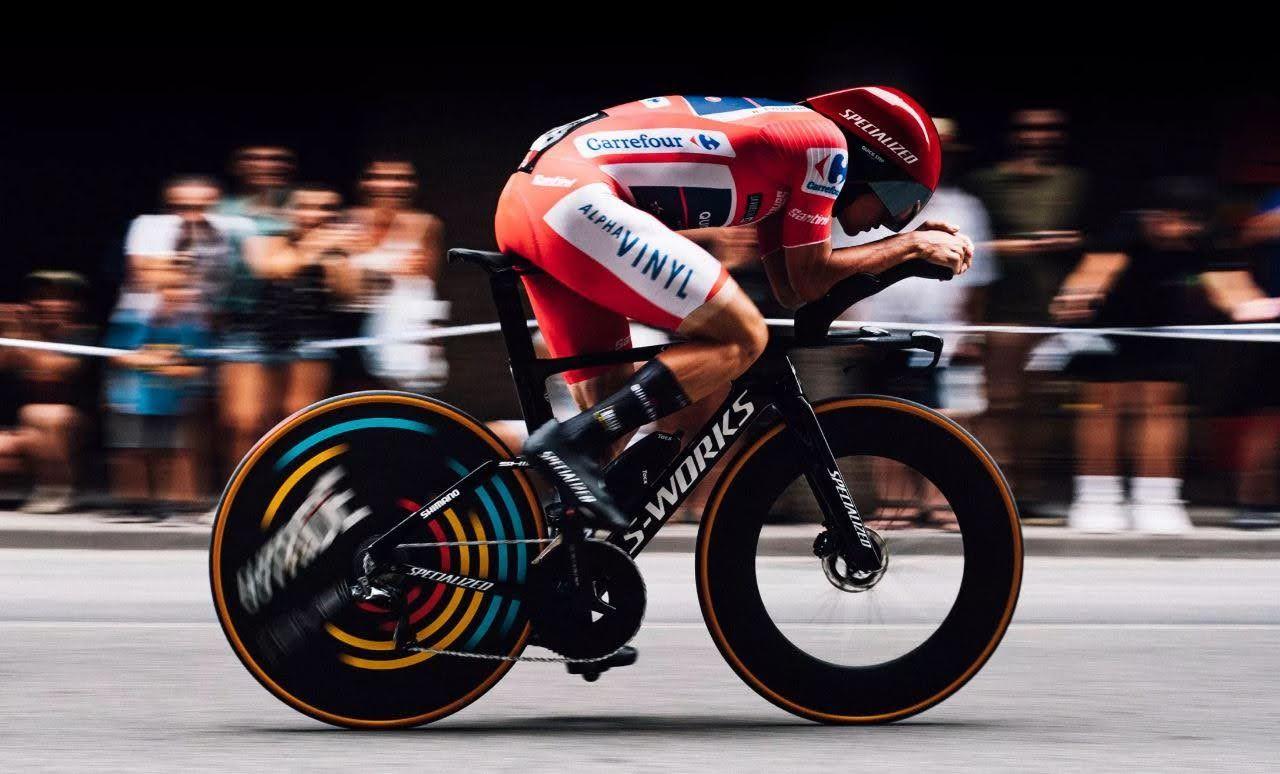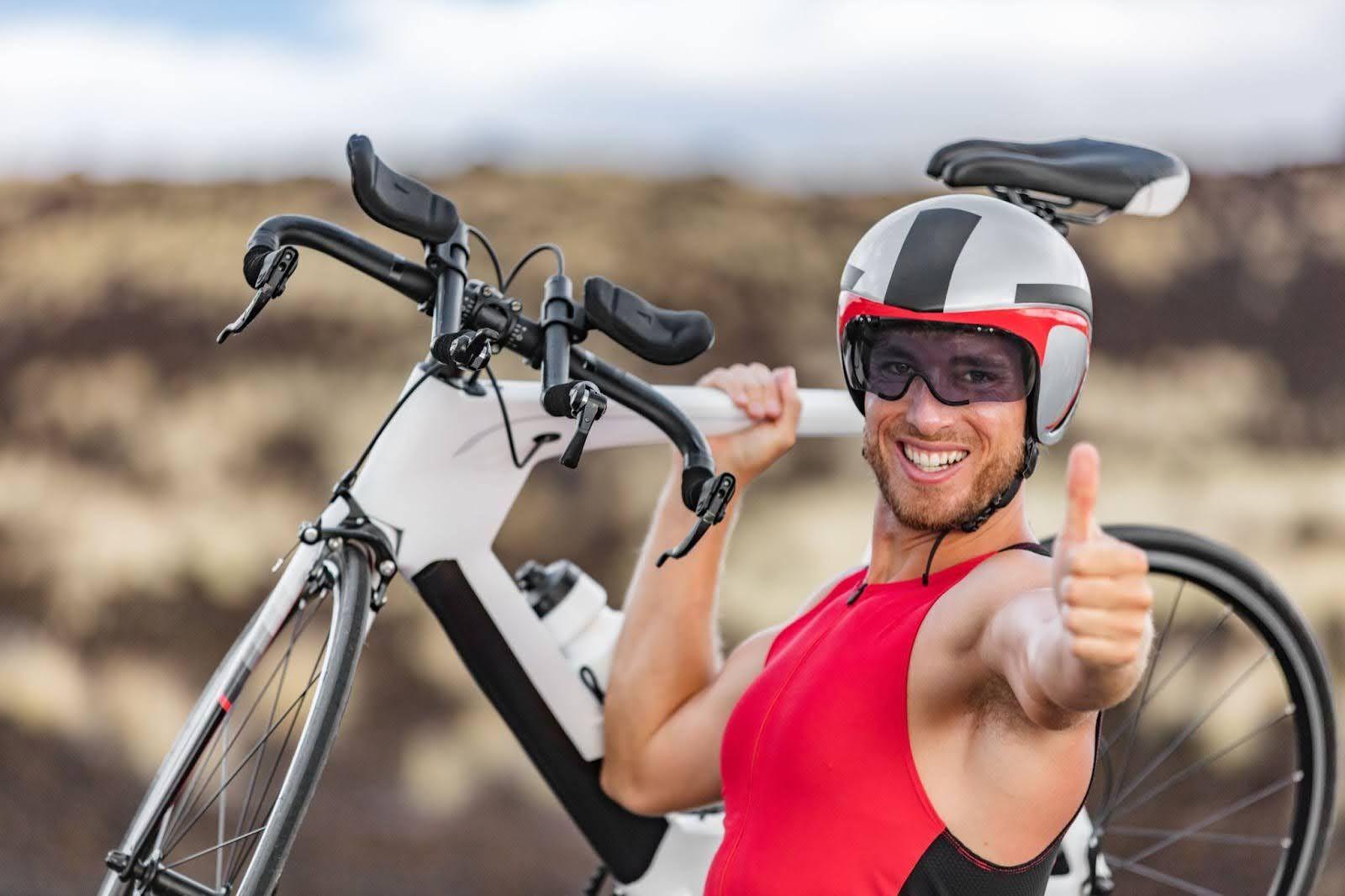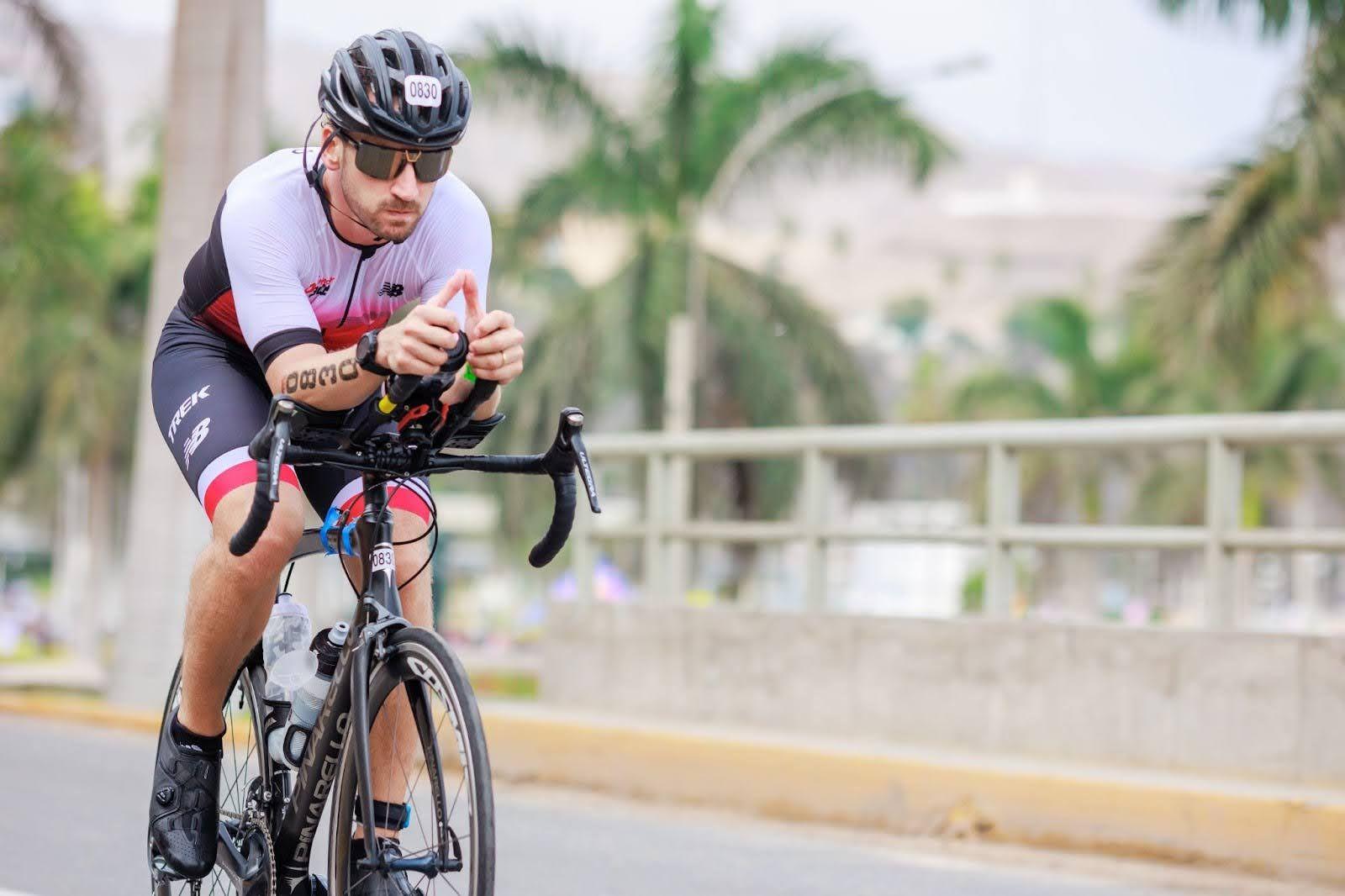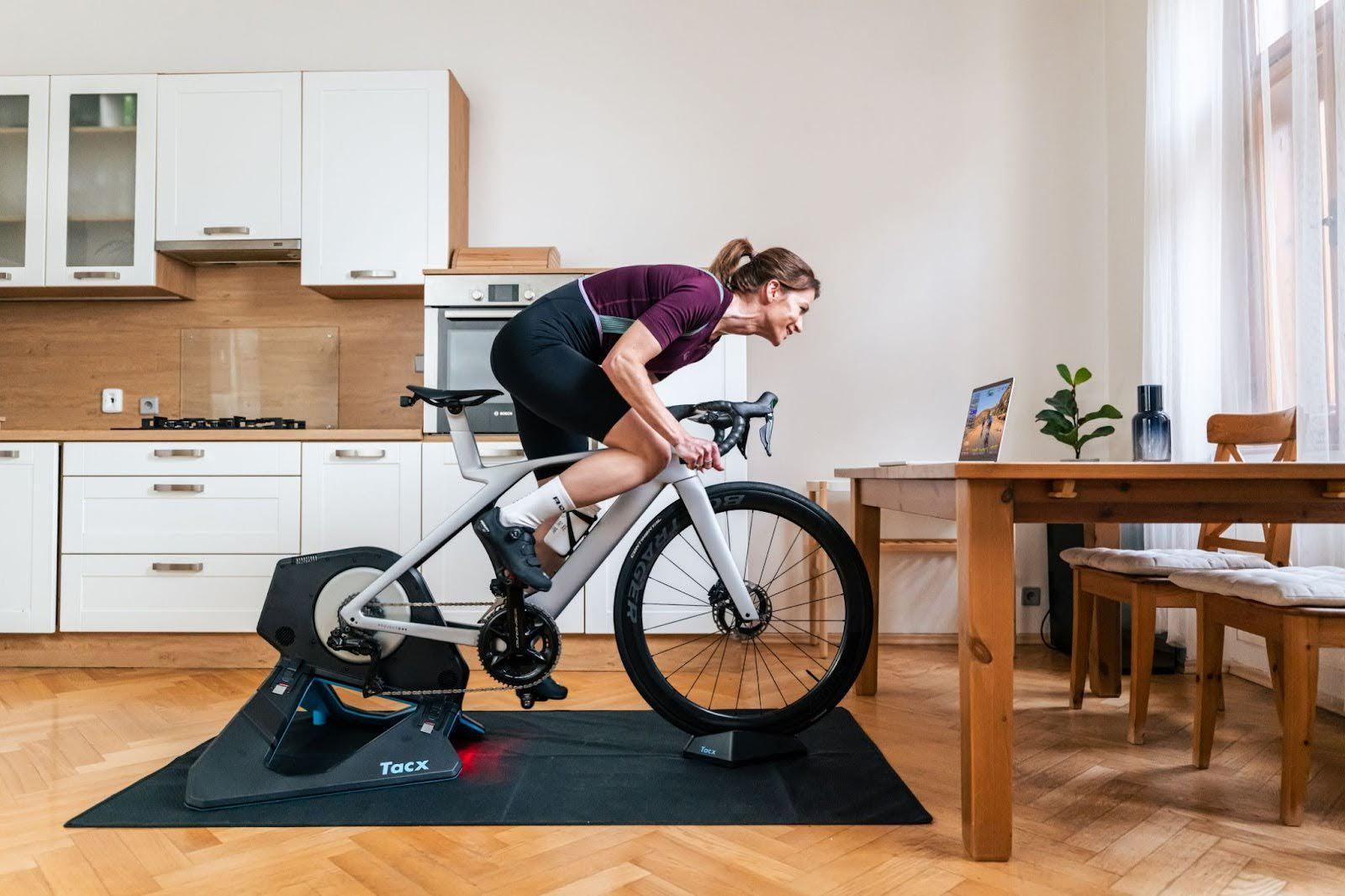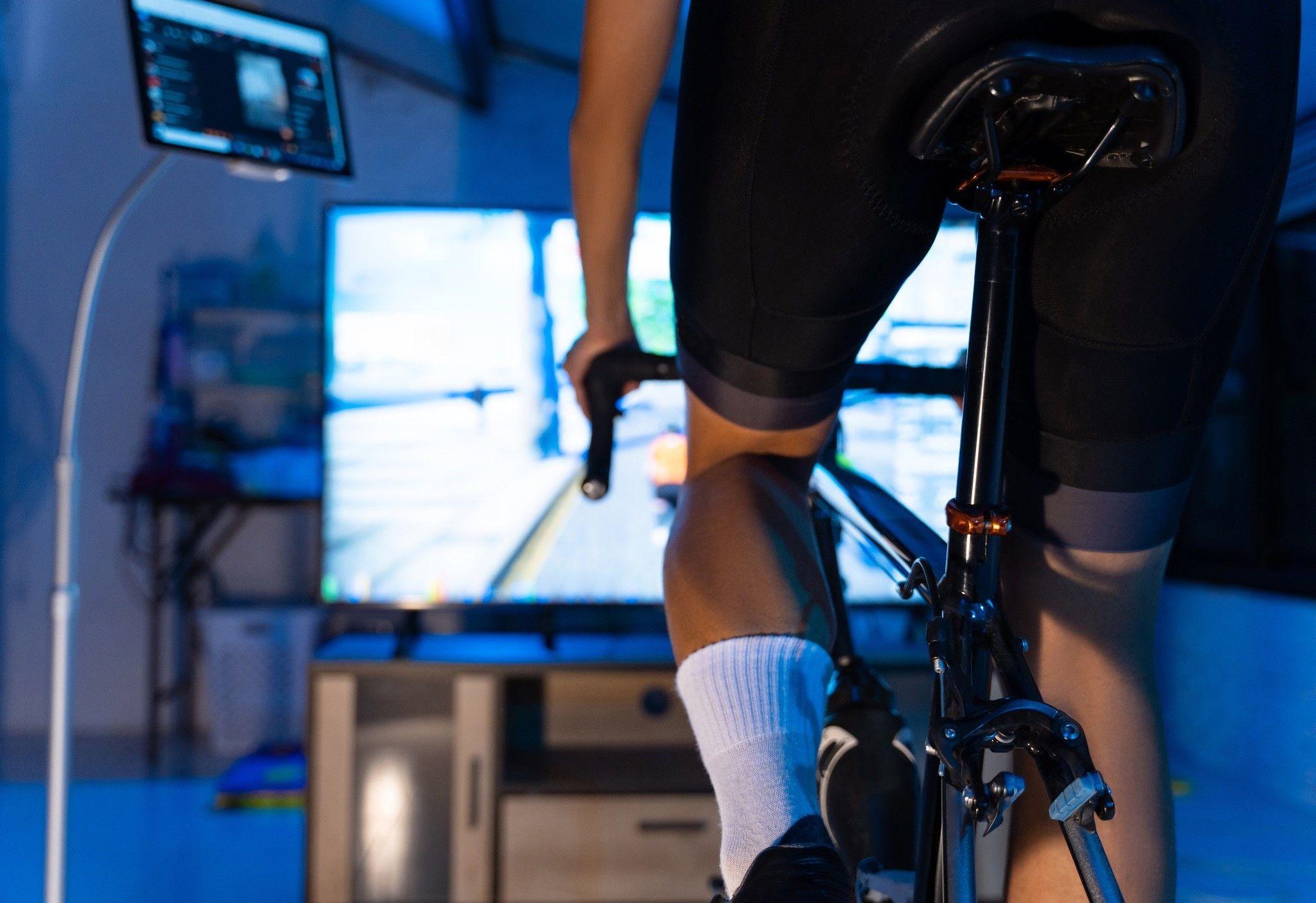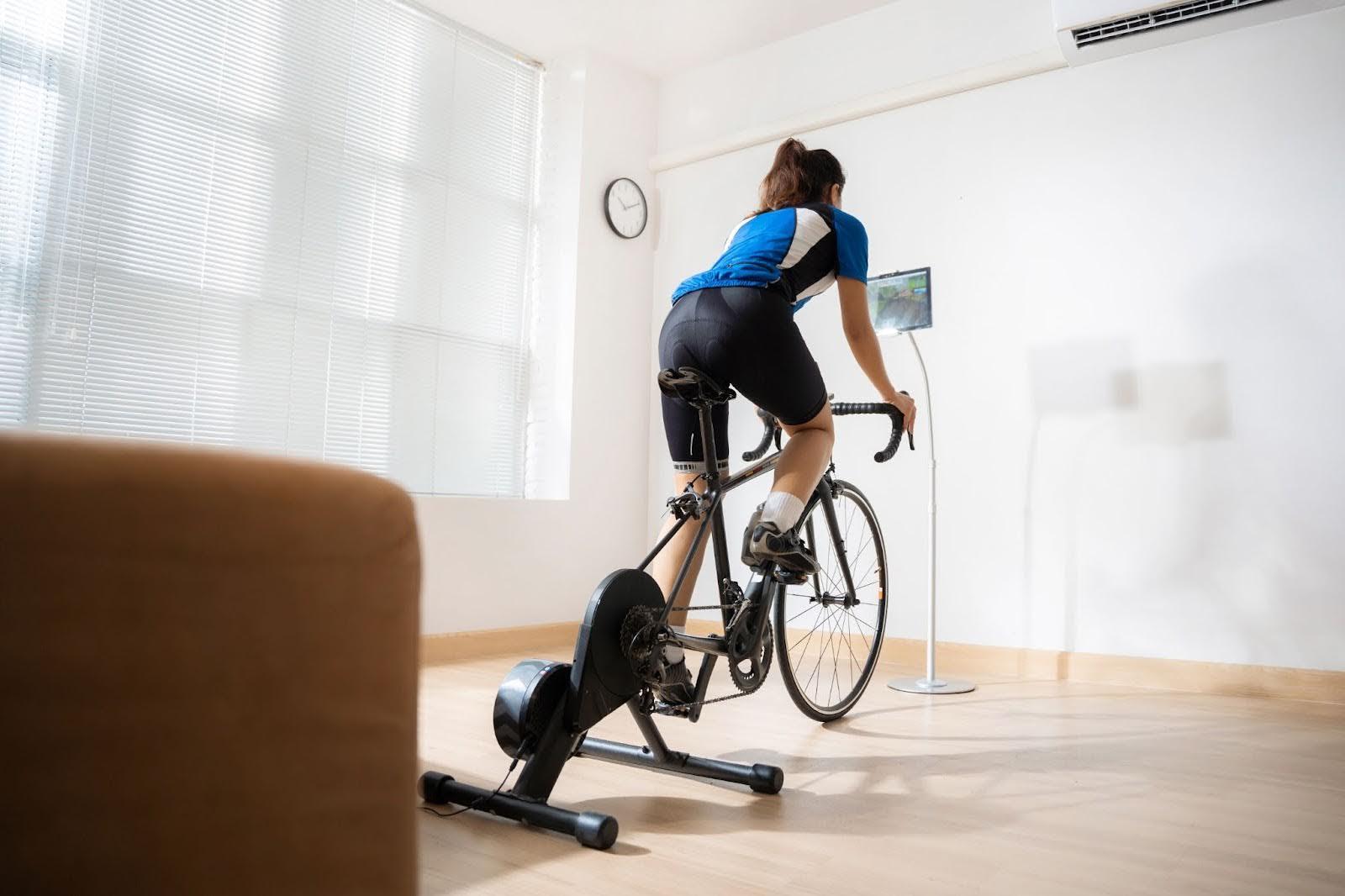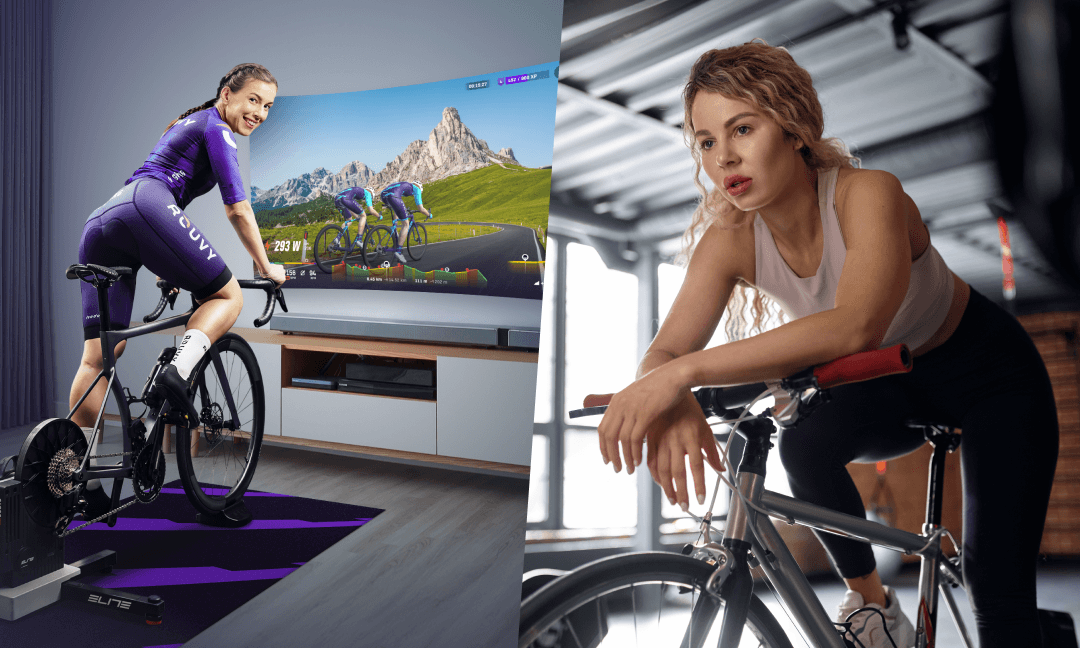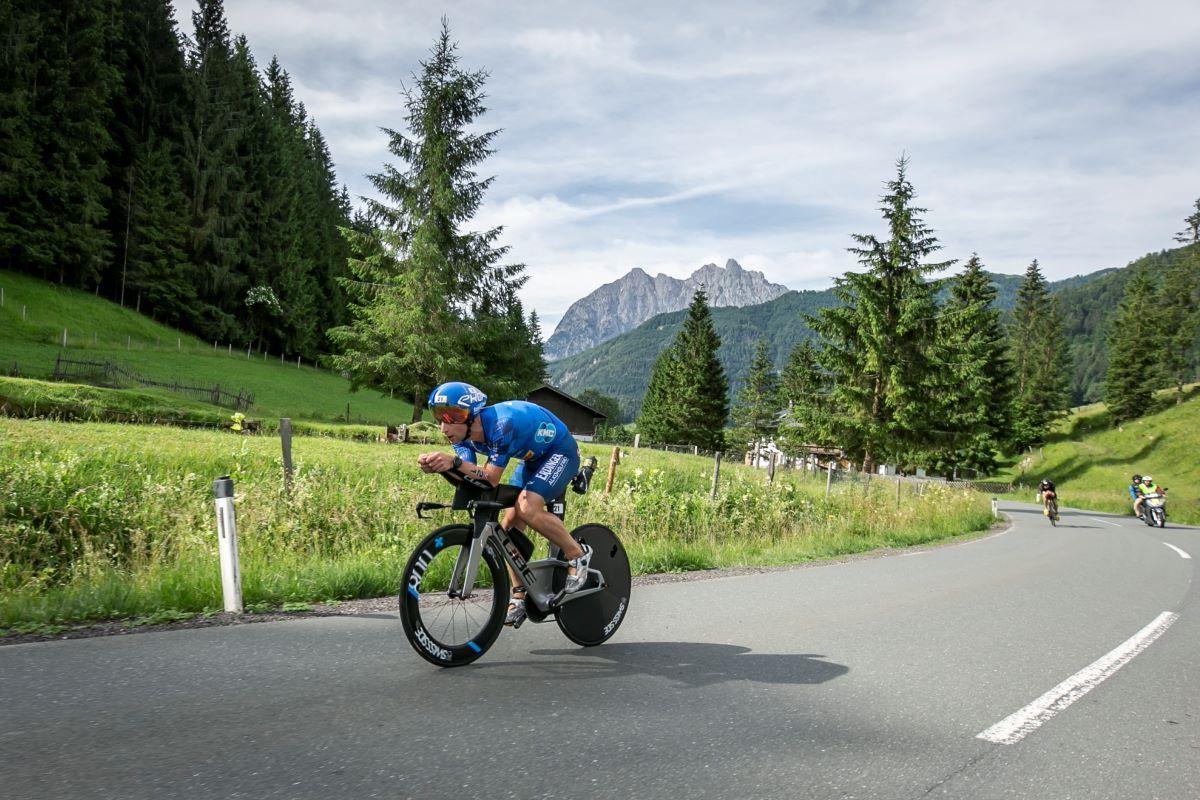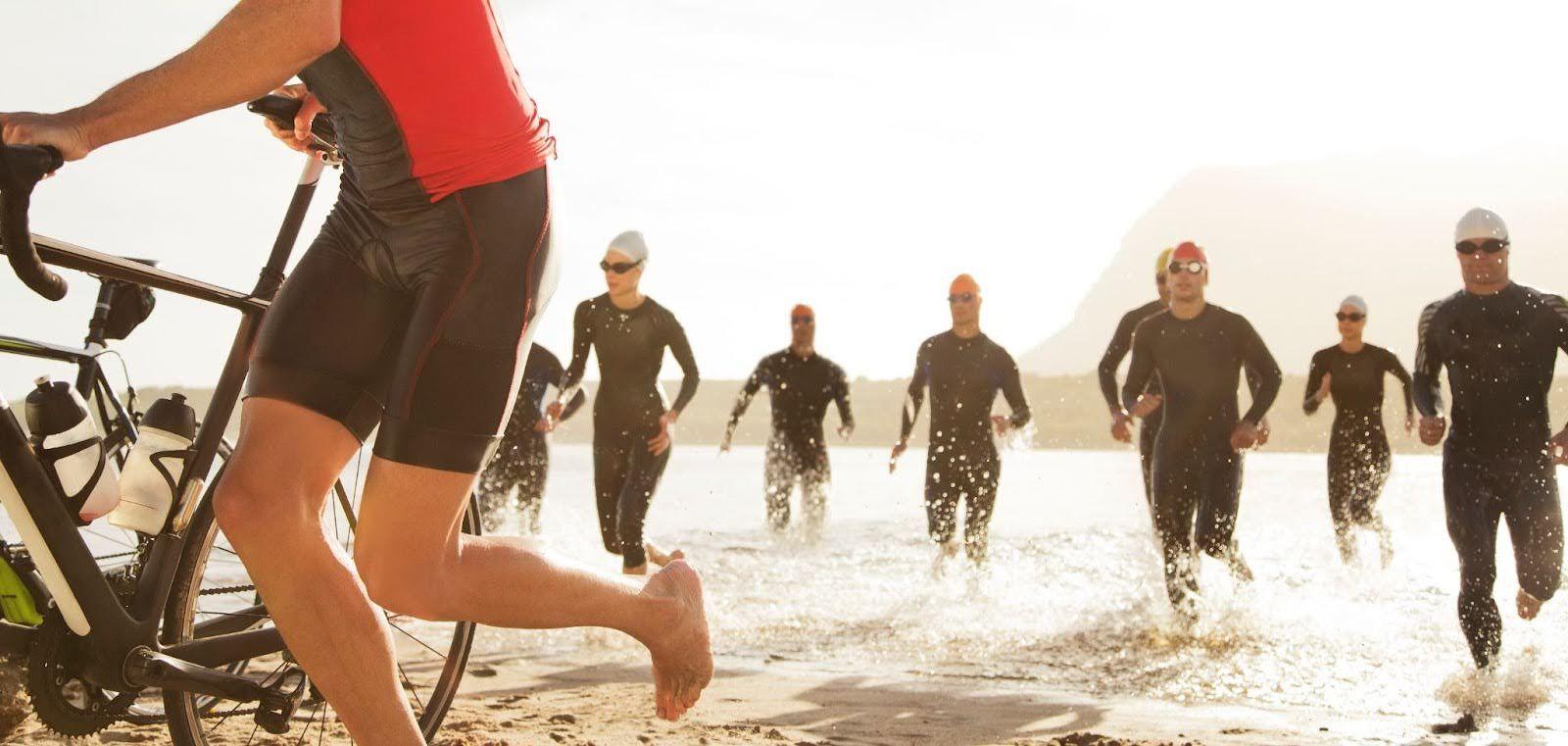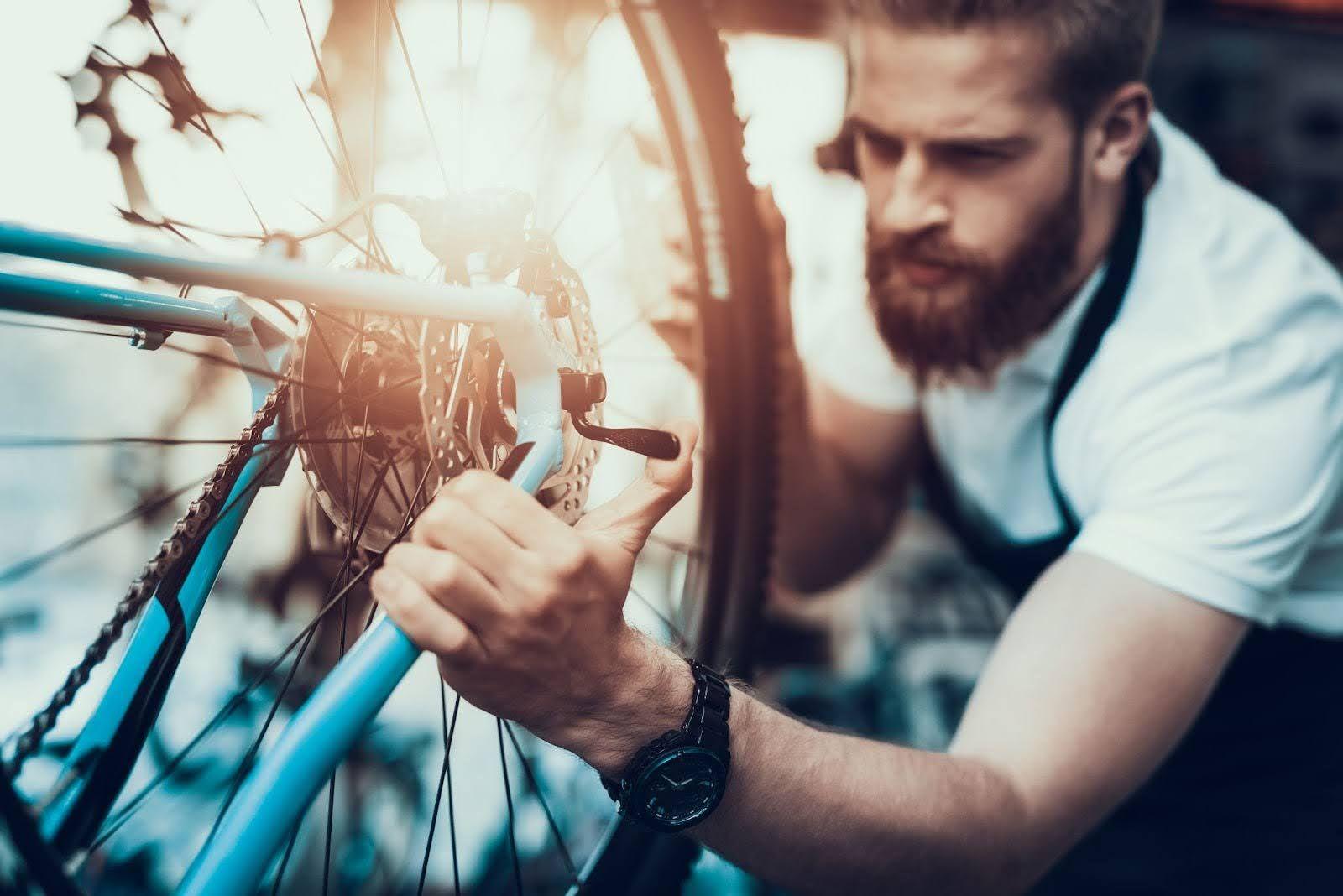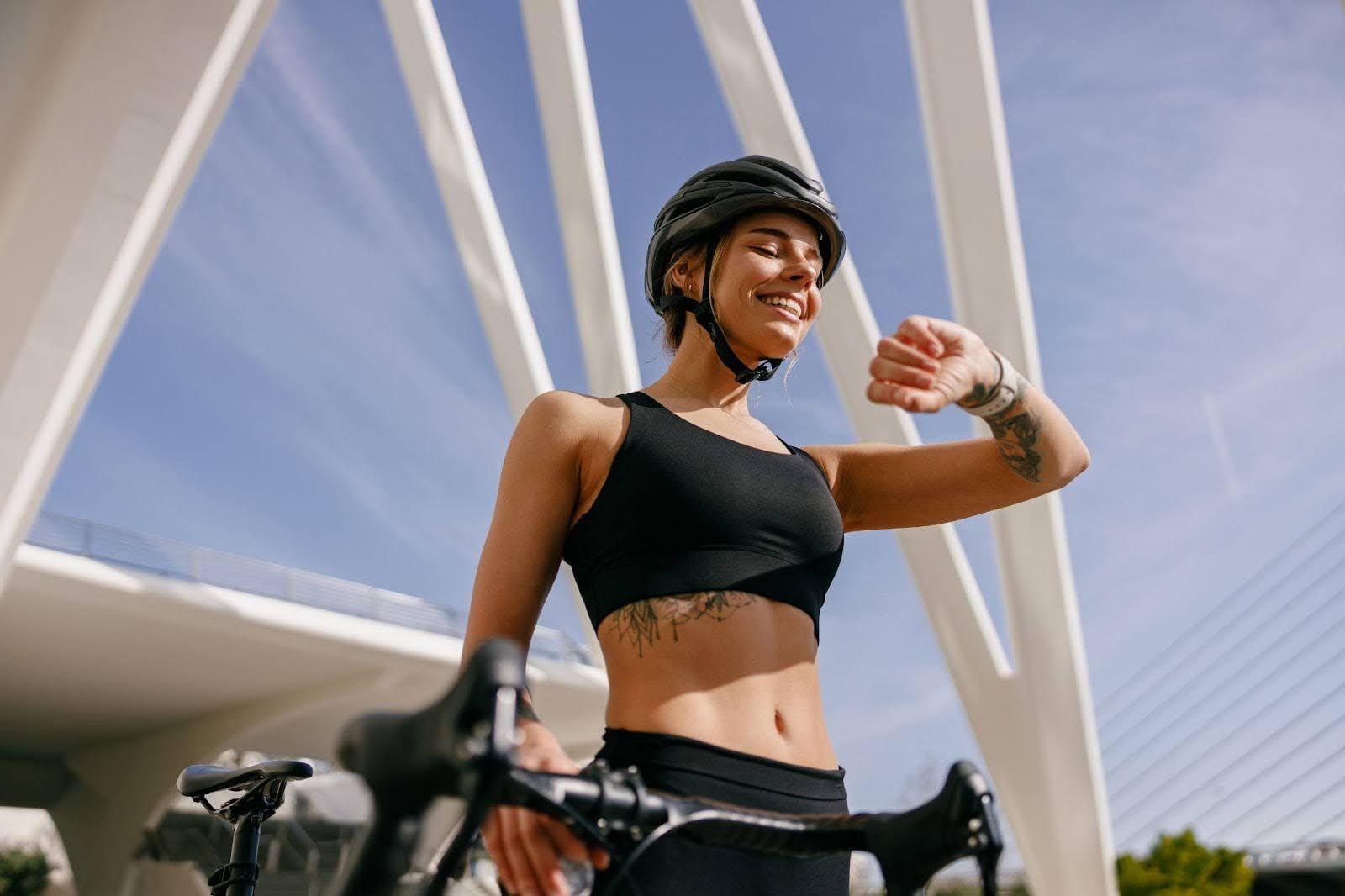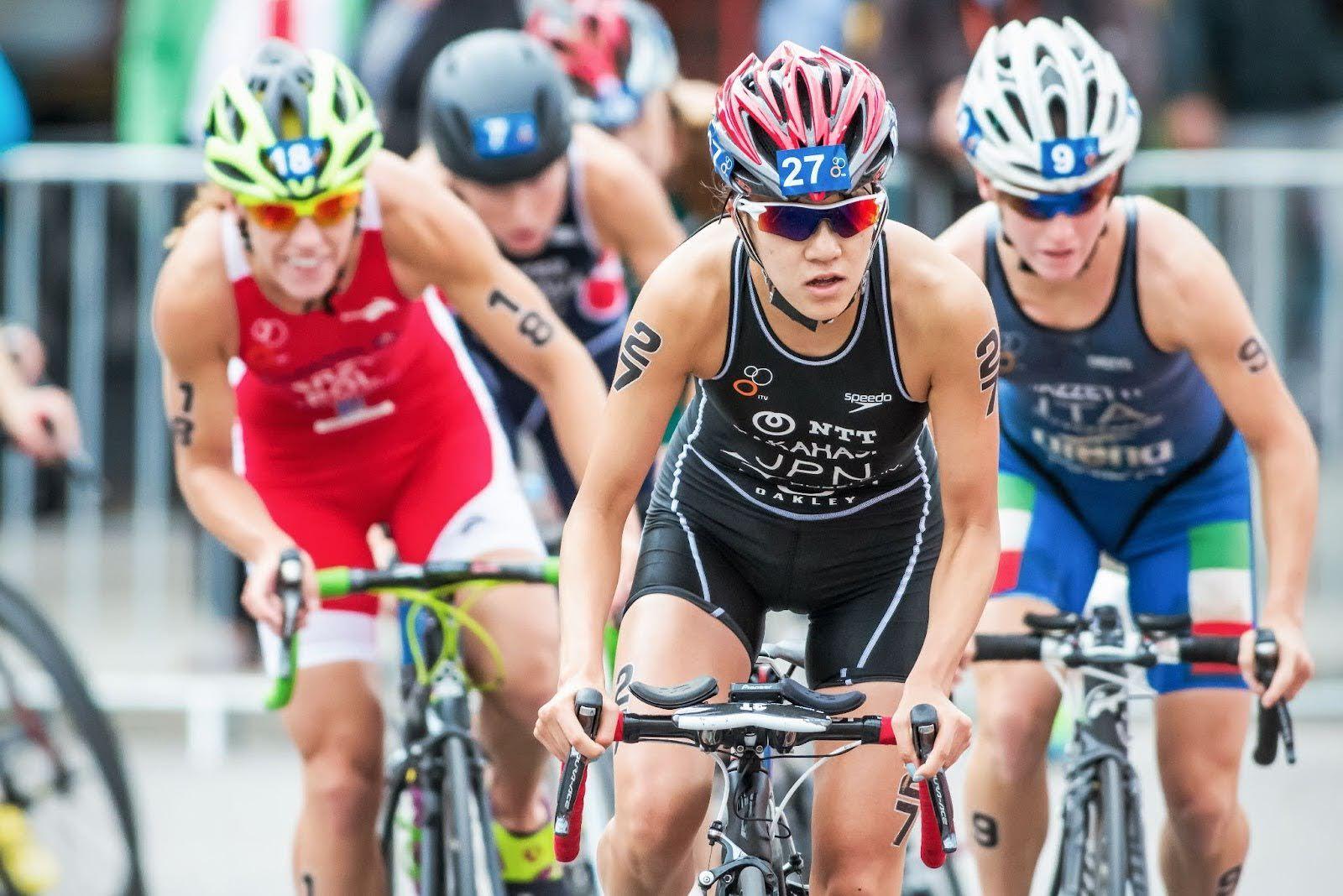
Whether you’re new to the sport or training for your next IRONMAN, your helmet plays a big role in your cycling performance. The best helmets for triathlon do more than protect your head – they cut through the wind, manage heat and sweat and let you ride longer and faster. This guide will walk you through how to choose a helmet for triathlon that suits your racing style, budget and goals.
Why triathlon helmets matter more than you think
In triathlon, every second counts. Reducing drag is one of the most effective ways to improve cycling performance without increasing effort. A properly fitted aero helmet for triathlon can save anywhere from 30 seconds to over a minute across a 40-kilometre time trial, depending on conditions and rider position, according to Cycling Weekly. That’s free speed – if you make the right helmet choice.
The science behind helmet aerodynamics is all about minimizing the frontal area and smoothing the airflow around the head and shoulders. Aerodynamic drag accounts for up to 90 percent of the resistance a rider faces at race speeds and your helmet plays a big part in shaping that airflow. A streamlined helmet lets you maintain your power output while moving faster through the wind.
But it’s not just race day that benefits. Wearing the right helmet in training builds muscle memory for head positioning, enhances comfort during long rides and prepares your body for race-day demands.
Triathlon helmet vs road helmet: What’s the difference?
They may look similar at a glance but triathlon helmets and road helmets are very different in design and purpose.
Road bike helmets prioritize ventilation, weight and visibility. They’re designed for versatility and are the top choice for road cyclists and triathletes training in hot climates or climbing challenging routes.
But they lack the aerodynamic profile that’s key to triathlon racing. Triathlon helmets are designed for speed. They have an extended tail or teardrop shape that reduces turbulence as air flows over the back of the head and shoulders.
But not all tails are the same – some are long and pointy, others are truncated to fit different head positions. The right one for you depends on your riding style. Aggressive riders who maintain an aero tuck may benefit from longer tails, while those with a dynamic posture may prefer shorter-tailed lids.
Cooling is another trade-off. Aero helmets sacrifice ventilation for speed. But new models now have internal channeling, strategically placed vents and sweat-wicking liners to balance airflow and drag reduction.
Visibility and integration also come into play. Many aero helmets for triathlon have visors to reduce turbulence caused by sunglasses, although these can fog up in humid conditions. Fit and field of vision vary, so always try before you buy if you can.
Race distance matters too. Sprint- and Olympic-distance triathletes may prioritize cooling and ease of use, especially for faster transitions. Long-course athletes competing in full IRONMAN events often prefer helmets that balance speed and ventilation for hours in the saddle.
What to look for in a triathlon helmet
When buying triathlon helmets several things should be top of mind:
Fit And Adjustability
A good fitting helmet should sit level on your head, low on the forehead and snug but not tight. Look for dial based retention systems (BOA or similar), adjustable side straps and removable padding to customize fit. If a helmet moves when you shake your head it’s not race ready.
Helmet Weight
Lighter helmets reduce neck fatigue on long rides. While grams may not seem important, over several hours even small weight savings can make a difference in comfort and ability to maintain an aero position.
Ventilation And Sweat Management
Look for models with internal channels and front to rear airflow. Sweat pads or brow channels help divert sweat away from your eyes. For hotter climates or indoor sessions, cooling becomes more important than aerodynamics.
Certified Safety Standards
Always ensure your helmet meets recognized safety standards like CPSC (US), CE EN1078 (Europe), or AS/NZS 2063 (Australia). Technologies like MIPS (Multi-directional Impact Protection System) or similar rotational-impact protections are now standard in most high-end models.
